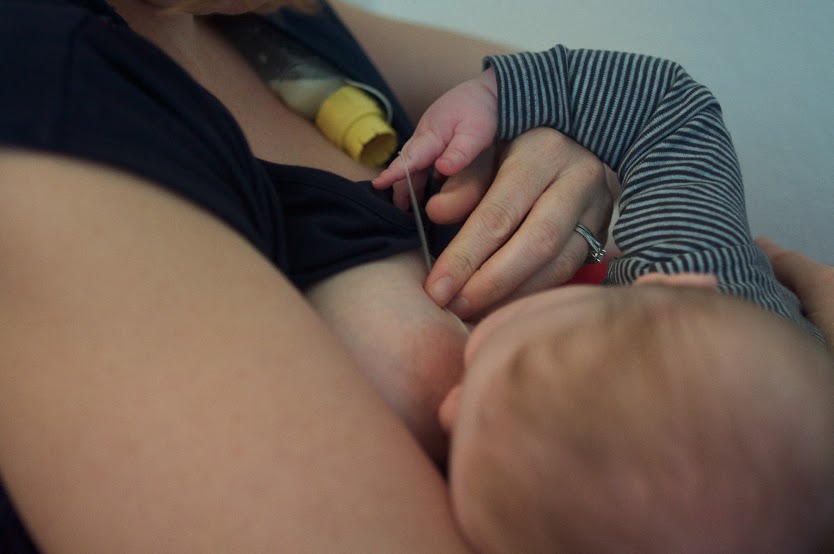So. Your baby needs some extra milk (Not sure if this is the case? Check here.). I know that sometimes this realisation is hard, sometimes very very hard. First things first: know that you are an amazing mama! You are now taking steps to ensure that your baby grows and is healthy, and have made that your priority. You are doing the absolute best thing for your baby.
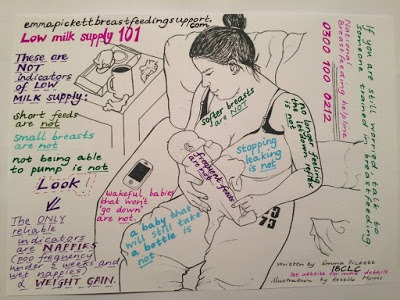
Now let’s presume that you still hope to breastfeed, and just need to give a top-ups. There’s not many catch-phrases that I use when discussing the feeding of a baby; I’m certainly not one to throw out a ‘breast-is-best’ anywhere whatsoever. But there is one that I do use, and I think it’s one of the most important ones. It has to do with supplementing.
It’s not the what, it’s the how.*
The problem is that supplements are almost always given with a bottle. This still makes me sigh. There exists so many risks to long-term breastfeeding when a bottle is introduced, and there are so many stories where babies were given bottles in the hospital and subsequent breastfeeding problems have emerged. Yes, there are families who easily alternate bottle and breast all throughout the day with no problem whatsoever, but it is risky, and this ability to switch between the two easily is not a common situation.
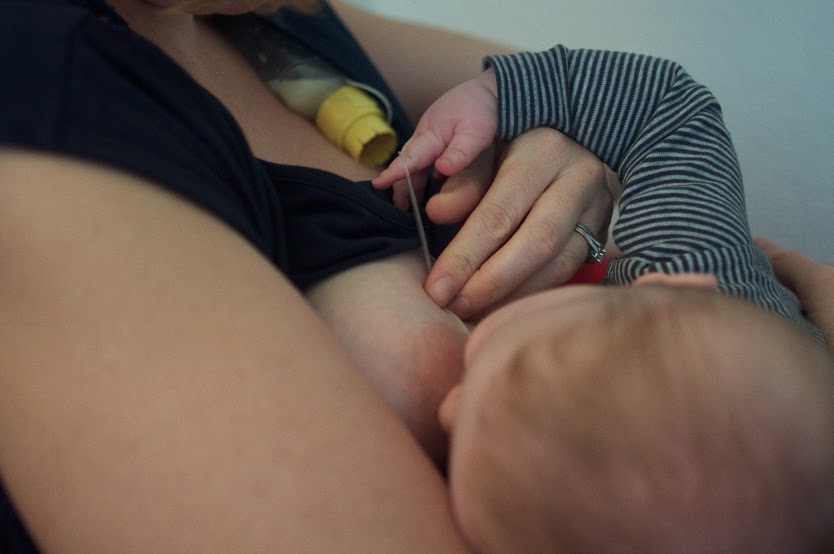
(I’d like to point out here that I didn’t know any of this with my first boy, and we had to supplement from the first week. He was six weeks when he first began to refuse the breast, eight weeks when this was becoming more and more common, and eleven weeks when I finally had to give in and stop trying. Potentially, supplementing in a different manner would have resulted in a different story for us.)
How breastfeeding and bottle-feeding differ
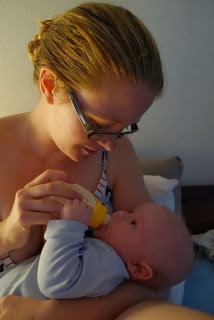
When you give a bottle, the milk comes immediately, continuously, and with very little work. When you give a breast, your baby has to work hard for a while before any milk comes. When you give a breast, your milk varies in flow as you have multiple letdowns throughout a feed. When you give a bottle, the baby often doesn’t have to work for milk and a very slow stream is dripping (sometimes pouring!) into their mouth. Breastfeeding doesn’t work like this.
I liken it to my dinner-making procedure. Kids are in bed, I’m shattered, and I haven’t yet cooked anything for myself and my husband. Sigh. We could get food delivered, or I could make us something. If I knew that nutritionally rich, delicious food was going to be delivered at my door for free, immediately, surely I’d choose that option! Every time, right? And after a week of choosing delivery, I don’t even have any food left in the fridge to make dinner with in the first place. But if delivery was never an option, then I would just have to cook — no other possibility would ever enter my mind.
Avoiding the Bottle
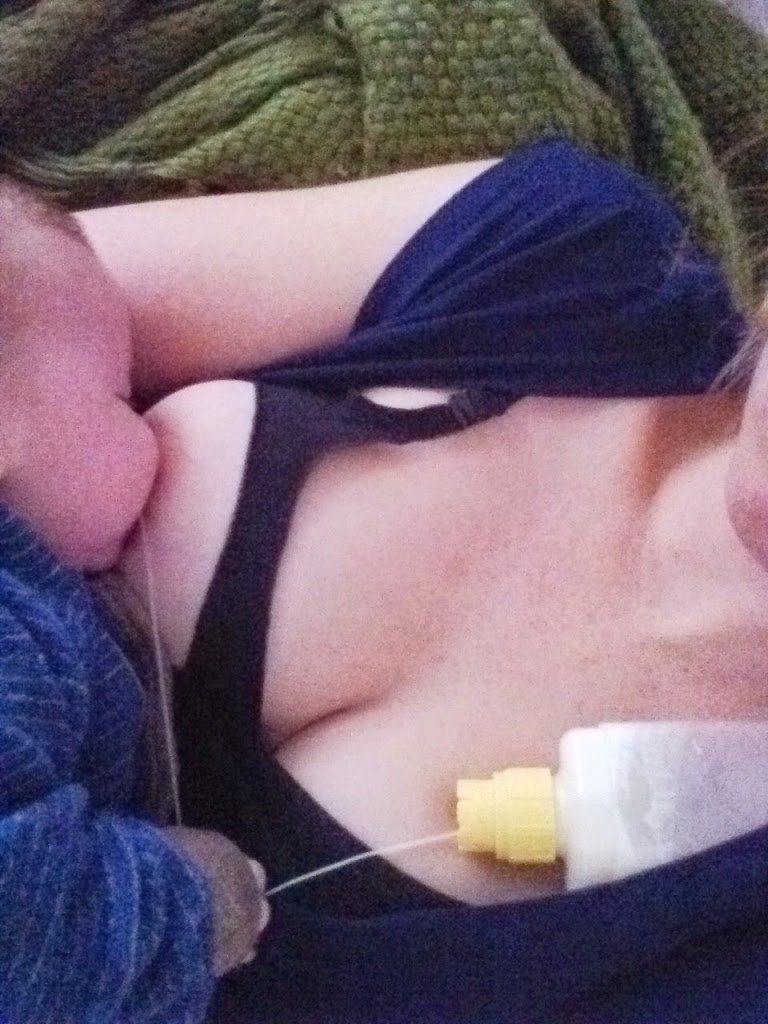
If you need to supplement, I personally think it is best to avoid a bottle for as long as possible, and particularly when the baby is very very young. There are so many other ways that you can give additional milk.
- You can feed your baby using an at-breast-supplementer, like the Supplemental Nursing System (SNS — which was my supplementer of choice for almost six months). Here, a tube is taped to your breast and baby latches with the tube and your nipple. While breastfeeding, supplemental milk and simultaneously be released via the tube, from a bottle of milk hanging from your neck.
- You can feed your baby milk from a small cup, like a shot glass. Watch this video for how — it is important not to pour the milk in, but let them control the flow of milk themselves with their tongue.
- You could try finger feeding, where a feeding tube is attached to the end of your finger and milk is released through the tube while they suckle on your finger — similar to the SNS, but with your finger.
- You can syringe feed your baby, filling a 10ml or 20ml syringe with milk and slowly, in a controlled manner, release some milk into the inside of their cheek, giving them time to swallow it before releasing some more.
- You can give milk with a small soft spoon in a similar, controlled manner.

If you do choose to use a bottle to supplement your feeds, make sure you look into ‘paced bottle-feeding’, which attempts to imitate the variable flow of breastfeeding and increases the likelihood that your baby will come back to the breast. Aim for a bottle-feeding session to take between 20 and 45 minutes.
Supplementing does not have to be the beginning of the end. Remember that you are being a great mum, ensuring that your baby thrives as your number one priority, while still searching for ways to continue to breastfeed — high five to you.
* I know, I know. I used donor milk, I am running the Swiss page of Human Milk 4 Human Babies, I’m passionate about enabling women to connect and share milk when they choose to. So therefore surely I must be all about the ‘what’. But I’m not. This was the right decision for me, but it’s definitely not for everyone. Mums can choose to supplement with whatever they feel comfortable, as long as they are aware that milk donation is an option available to them (Hmm. I’m thinking that ‘informed choice’ is potentially another catch-phrase I use… ha.).

